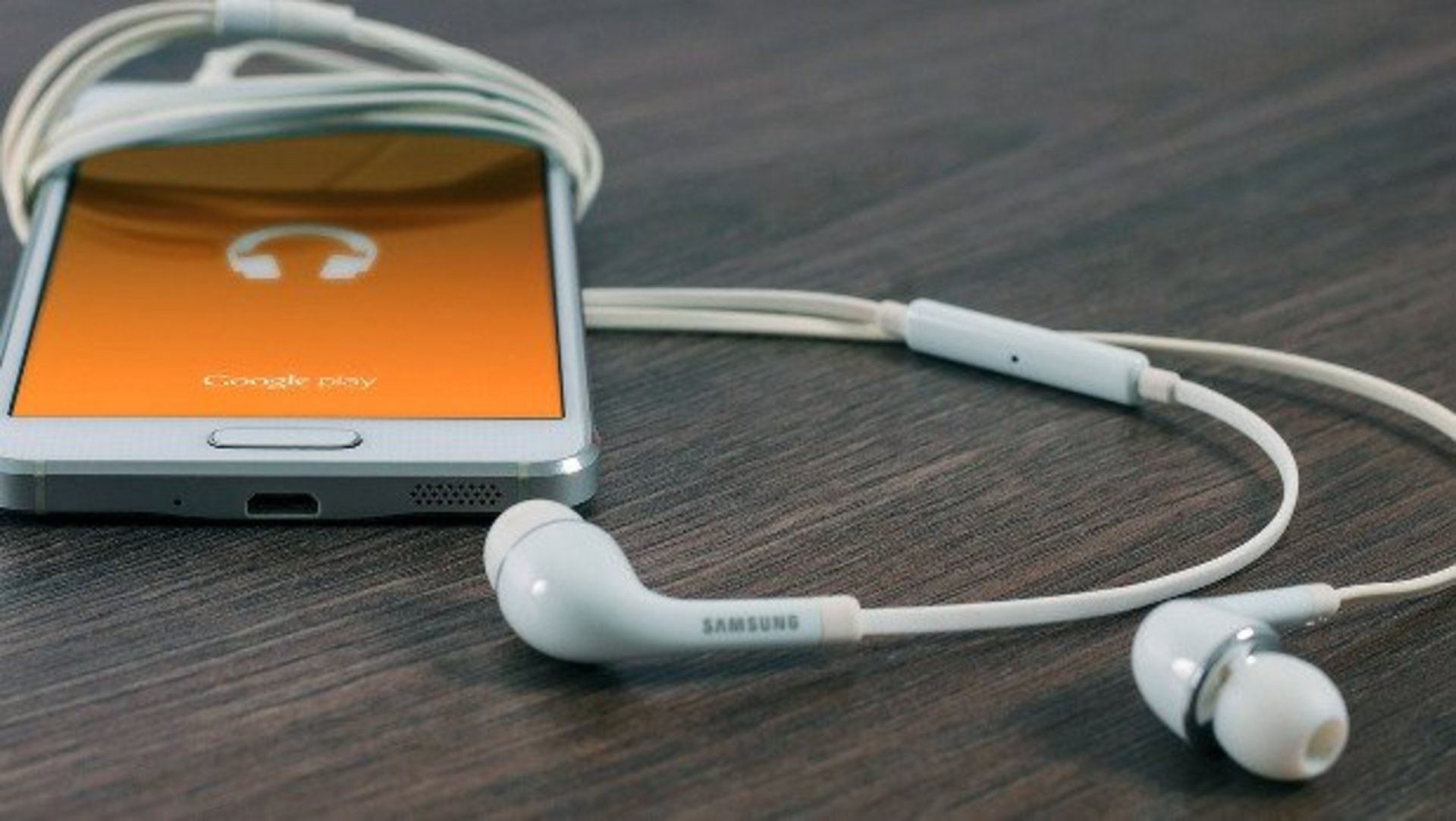Certain criteria are of prime importance when it comes to smartphones for visually impaired people: Rather than the phone's design and finish, the integrated aids to operation and available apps are to the fore.
Surfing the Internet with the smartphone and reading messages or writing emails – all are no problem whatsoever for blind or visually impaired people when they have the right apps and operating tools. Various functions and settings make it easier to work with the smartphone or cope with everyday tasks and events. Whilst the smartphone cannot replace low vision aids, its well-functioning speech input and -output proves to be extremely helpful to people with very poor eyesight. Furthermore, the device should be flexibly configurable and feature adjustable zoom- and contrast functions.
Individual adjustment of the type size, zoom and contrast
People who have impaired vision benefit by having the smartphone adjusted to suit their particular needs. In order to find the most important functions quickly, the start screen of most operating systems can be configured appropriately. Whilst iOS is relatively restricted with small, unscalable app symbols, the Android operating system has size-adjustable widgets. The colourful tiles of the Windows phone can be adjusted individually in format and position. Selecting a larger font size in the system generally has no effect on the icon markings on the start screens. The change has an affect only on the system settings and the individual apps that take on the value.
All mobile operating systems feature zoom magnification. If this is activated, the zoom function can be used via a certain typing gesture. In all cases, the level of magnification and which segment is zoomed are infinitely variable. How intuitive and convenient the zoom function is to invoke and used depends on the various touch gestures of the operating systems. The specific gesture (double tapping with three fingers) to invoke the zoom with iOS leads to confusion less often than with the Windows phone, where double tapping with two fingers often invokes elements unintentionally.
Reading on the smartphone is also made easier by the contrast mode, which highlights the differences between text and background. Whilst this function is not to be found on Android devices, numerous settings such as colour inversion are available on the iOS. Besides the integrated contrast mode, the Windows phone offers the advantage anyway of working a lot with white script on a black background.
Good speech input and output
Often the aforementioned aids are not adequate for blind or severely visually impaired people. They are particularly reliant on their smartphone having good speech input and output. With this function users are able to control the phone via spoken commands and get the display contents read out. The VoiceOver screen reader available with iOS works equally as reliably as the voice control from Apple. TalkBack is the screen reader supplied with Android phones. With Windows devices the voice output can also be activated in the settings.
Apps make everyday life easier
Besides the practical features integrated in some smartphones, various apps help make everyday life a lot easier. The Prizmo app for iOS scans documents and then reads them out. For the visually impaired this is really useful for reading the menu in a restaurant, for example. This app can be purchased for nine euros. With Blind Square the user is informed about which streets, crossings and shops are in the immediate vicinity and how they can be reached in an easy way. The outlay for this is 29.99 euros. This app is useful not only for the blind and visually impaired but also for people with colour blindness or red-green vision deficiency: With ColorSay the surroundings are scanned and the colours are expressed in spoken words or sounds. This makes it easier to choose the right clothes in the morning. This app is available for 2.99 euros. In this way, smartphones can now be used for many more purposes than merely making phone calls. All of the major manufacturers have in the meantime integrated functions as standard that make it easier for visually impaired people to manage the (almost) keyless entry devices. The app market too is increasingly attentive to, and finding solutions for, the needs of visually impaired people. Therefore one can now adapt the functional scope of one's own smartphone to suit individual needs and the daily problems encountered. Above all else, voice output of text and colours is a great support for many people. However, the optical quality of magnifying low vision aids remains as yet unattainable on the smartphone.
